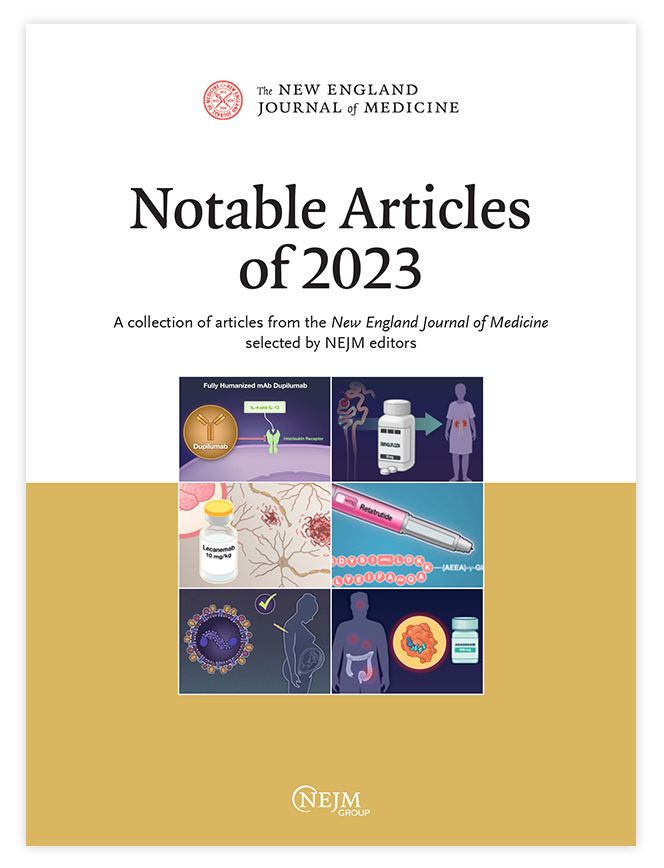Loss of Subsidized Drug Coverage and Mortality among Medicare Beneficiaries.
IF 96.2
1区 医学
Q1 MEDICINE, GENERAL & INTERNAL
引用次数: 0
Abstract
BACKGROUND A total of 14 million Medicare beneficiaries receive the Low-Income Subsidy (LIS), which reduces cost sharing in Medicare Part D. Losing the LIS may impede medication access and affect mortality. METHODS Using 2015-2023 Medicare data, we identified dual-eligible Medicare-Medicaid beneficiaries, who automatically receive the LIS, and calculated annual rates of Medicaid and LIS loss. To examine the relationship between LIS loss and mortality, we leveraged a natural experiment arising from the relationship between the timing of Medicaid disenrollment and subsequent LIS loss. We compared beneficiaries disenrolling from Medicaid in January through June, who kept the LIS through December (6 to 11 additional months), with those disenrolling in July through December, who kept the LIS through the following December (12 to 17 additional months). Among persons disenrolling from Medicaid during 2015-2017, we examined cumulative mortality 7 to 17 months after disenrollment, when those with earlier disenrollment were more likely to lose the LIS. RESULTS The sample included 969,606 persons with early (January though June) Medicaid disenrollment and 920,158 with late (July though December) Medicaid disenrollment. Those with early Medicaid disenrollment averaged 13.6 cumulative months of the LIS in the 17 months after disenrollment, as compared with 15.3 months for those with late disenrollment. At 17 months after Medicaid disenrollment, cumulative mortality was higher among persons with early disenrollment (78.3 per 1000) than among those with late disenrollment (75.3 per 1000), a difference of 3.0 deaths per 1000 (95% confidence interval [CI], 2.1 to 3.9). Mortality differences between persons with early disenrollment and those with late disenrollment were amplified among those in the highest quintile of baseline Part D spending (5.6 deaths per 1000; 95% CI, 3.3 to 7.9) and users of medications for cardiovascular disease, chronic lung disease, or human immunodeficiency virus infection. CONCLUSIONS Loss of drug subsidies after Medicaid disenrollment was associated with higher mortality among low-income Medicare beneficiaries. (Funded by the National Institute on Aging and others.).医疗保险受益人中补贴药品覆盖面的损失和死亡率。
背景:共有1400万医疗保险受益人获得低收入补贴(LIS),这减少了医疗保险d部分的成本分担。失去LIS可能会阻碍药物获取并影响死亡率。方法使用2015-2023年医疗保险数据,我们确定了双重资格的医疗保险-医疗补助受益人,他们自动获得LIS,并计算了医疗补助和LIS的年损失率。为了检验LIS损失与死亡率之间的关系,我们利用了一个自然实验,该实验源于医疗补助计划退出时间与随后的LIS损失之间的关系。我们比较了1月至6月从医疗补助计划中退出的受益人,他们将LIS保留到12月(额外6至11个月),以及7月至12月退出的受益人,他们将LIS保留到次年12月(额外12至17个月)。在2015-2017年期间退出医疗补助计划的人群中,我们检查了退出后7至17个月的累积死亡率,当时提前退出的人更有可能失去LIS。结果样本包括969,606名早期(1月至6月)医疗补助退出者和920,158名晚期(7月至12月)医疗补助退出者。那些提前退出医疗补助计划的人在退出后的17个月里平均累积了13.6个月的LIS,而那些晚退出的人则为15.3个月。在医疗补助计划退出17个月后,早期退出者的累积死亡率(78.3 / 1000)高于晚期退出者(75.3 / 1000),差异为3.0 / 1000(95%置信区间[CI], 2.1至3.9)。在基线D部分支出最高的五分位数人群中(每1000人中有5.6人死亡;95% CI, 3.3 - 7.9)和心血管疾病、慢性肺部疾病或人类免疫缺陷病毒感染药物使用者。结论:医疗补助计划退出后药品补贴的丧失与低收入医疗保险受益人较高的死亡率有关。(由国家老龄研究所和其他机构资助。)
本文章由计算机程序翻译,如有差异,请以英文原文为准。
求助全文
约1分钟内获得全文
求助全文
来源期刊

New England Journal of Medicine
医学-医学:内科
CiteScore
145.40
自引率
0.60%
发文量
1839
审稿时长
1 months
期刊介绍:
The New England Journal of Medicine (NEJM) stands as the foremost medical journal and website worldwide. With an impressive history spanning over two centuries, NEJM boasts a consistent publication of superb, peer-reviewed research and engaging clinical content. Our primary objective revolves around delivering high-caliber information and findings at the juncture of biomedical science and clinical practice. We strive to present this knowledge in formats that are not only comprehensible but also hold practical value, effectively influencing healthcare practices and ultimately enhancing patient outcomes.
 求助内容:
求助内容: 应助结果提醒方式:
应助结果提醒方式:


